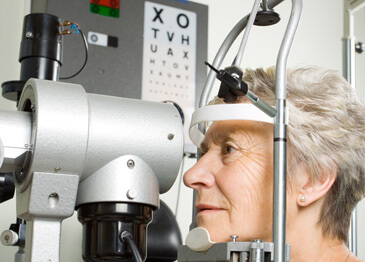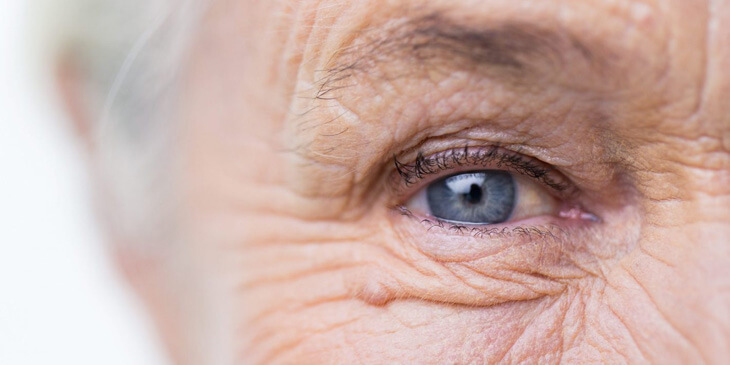Age-Related macular degeneration (AMD) is an eye condition that is quite common in older Americans, and even some residents of Paducah, KY. AMD slowly damages your central and color vision. Symptoms and signs of this condition can be subtle at first, and they may not seem alarming. However, your optometrist can sport changes in your eyes before you notice any vision problems.
What Happens if you Discover You Have Age-Related Macular Degeneration?

AMB affects the macula which is the central part of your eye’s retina. The retina, which is a layer of cells at the back of your eye, contains rods and cones which are photoreceptor cells. These cones and rods transform light rays into electrical impulses. The impulses then travel to the brain and are converted into recognizable images.
The cones are located in the center part of your field of vision. They are used to help you see colors and make your central vision as good as possible. If your Age-Related Macular Degeneration damages those cones, you may notice a change in the way that you see. Two forms of AMD can cause problems with your vision. They include:
- Wet AMD: If you have the wet type of AMD, leaky blood vessels may be obstructing your central vision. These vessels may eventually scar up your eye’s macula.
- Dry AMD: If you have the dry type of AMD, a thinning macula and drusen can be responsible for the changes in your vision.
Have you Experienced These Symptoms?
Age-related macular degeneration may not cause any noticeable symptoms in the beginning. However, as the condition worsens, you may start to experience:
- Glare: Increased glare may make it harder for you to be able to see clearly.
- Trouble Seeing in Low Light: Everything may seem to be darker than usual, no matter the time of day. You also may need more light in order to read or notice that it takes a longer amount of time for your eyes to adjust when entering a bright room from a darker one.
- Clumsiness: What may just appear to be clumsiness could actually be related to a problem with your vision. Poor depth perception and difficulty in distinguishing textures can make it easy for you to miss a step or fail to see the obstacle in front of you.
- Dull Colors: Colors may begin to appear dull, or it can become difficult to tell the differences between subtle shades of textures or colors.
- Wavy Lines:
- Blind Spots: Blind spots in your central vision may make it hard to sew, read, recognize friends and family, drive, or do close work.
- Blurry Central Vision: You may notice that your central vision has become blurry, while your side (peripheral) vision remains clear.
Age-Related Macular Degeneration Possible Treatments
Although there is no official medication or procedure to treat the dry form of AMD, however, you can do a few things that can help protect your eye health. This includes taking a combination of nutritional supplements that in some cases can slow down the progression of dry AMD.

The recommended supplements include:
- Lutein (10mg)
- Vitamin C (500 mg)
- Vitamin E (400 IU)
- Zeaxanthin (2 mg)
- Zinc (80mg)
- Copper (2mg)
If you are having issues with your vision, and are unsure if it is age-related macular degeneration, make sure to come and see our team at Brush Optical today! We are here to help you make sure your vision is at its best.






